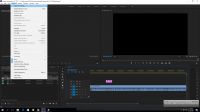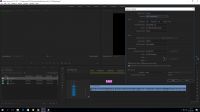Hello. The problem is probably quite trivial. The problem is that I have ENG versions of the program. How (and is it possible at all) to insert a picture into a movie? But insert it so that the picture is always displayed in the bottom corner of the movie. To cover a small section of the film. Can it be done in this program?




